
These spots are ideal tourist destinations regardless of the time of year. If you are in town for a day trip, or even a weekend, be sure to consider each of these as they are sure to afford breathtaking views or incredible interactions with true, friendly locals.
-
AlpspiX
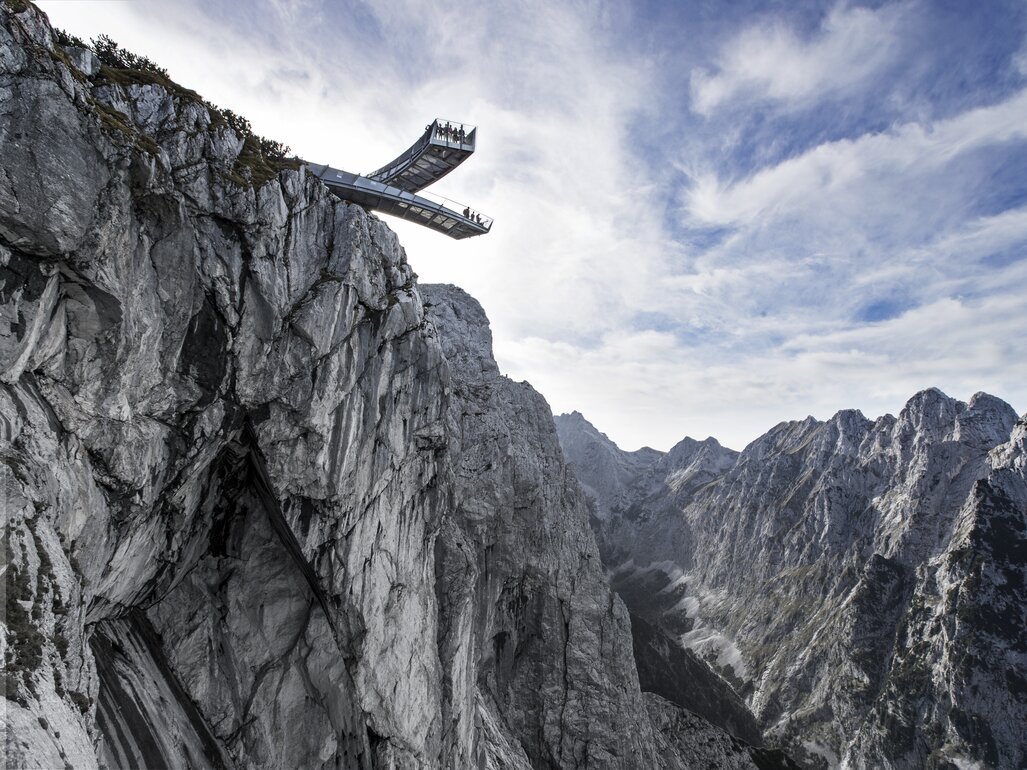
On top of one of the tallest mountains in Germany sits the Alpspitze mountain station, a panoramic hütte with an X shaped lookout area.
Supported by two large steel beams, these two 25 meter platforms converge upon each other and provide an incomparable view of the surrounding mountains. Sticking straight out from the mountain, visitors can walk to the glass edge and witness the Höllental valley one thousand-meters directly below their feet.
It’s a truly astonishing view and very easily accessible with a ride in the Alpspitzbahn cable car from the valley station. Tourists can also make a stop at the Osterfelder 2000 restaurant inside the mountain station for quick bites or drinks.
From this point, some climbers may choose to via ferrata up the next 500 meters to the true summit of the Alpspitze and be rewarded with awe-inspiring views of the Wetterstein mountain range and the Zugspitze.
-
Partnach Gorge

Few hikes are as beautiful, necessary and accessible as the Partnach Gorge— known as Partnachklamm. Starting from the old Olympics Stadium next to the outdoor pool Kainzenbad, the road to the gorge is paved and very easy to navigate.
This path winds through a dense, green forest; the sound of water barely audible rushing in the distance. It is a brisk 20 minute walk from the ski jump to the building which marks the entrance to the gorge.
The fee for entering is 8 EUR per adult and 4 EUR per child. Dogs on a leash are also welcome in the park!
Once inside the gate, the gorge itself takes only 10 minutes to walk through so I very strongly encourage anyone to relax, enjoy and take pictures of the rushing, crystal blue water. The damp cave floor can be very slippery so be sure to bring appropriate hiking boots as well as warm clothes to prevent the cold water from dripping down on you.

For anyone looking for a quick, comprehensive hike with incredible, exclusive views, this is your best bet.
Admittedly, this is absolutely the most popular hike in Garmisch-Partenkirchen, so expect lots of other traffic and tour-groups.
-
Wank
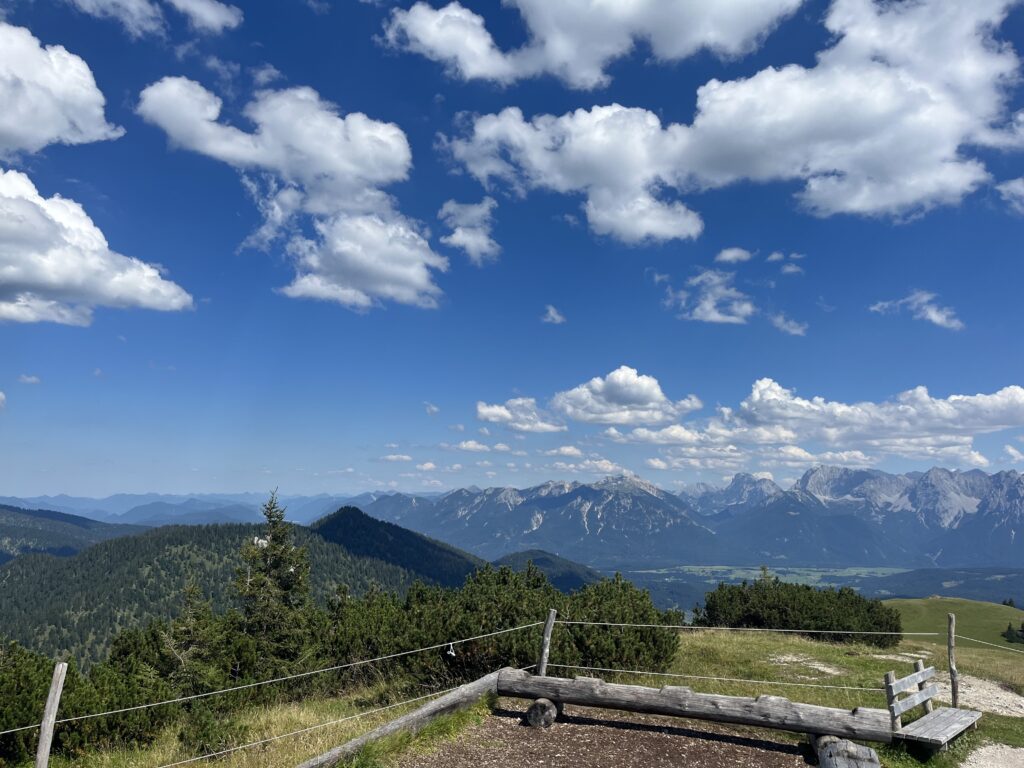
Often considered the “Panoramic mountain” of Garmisch, this summit offers unmatched, 360º views of the Wetterstein and Ammergau mountain ranges, as well as the flatlands toward the North.
Taking the Wankbahn up the top allows visitors to spend time in the easy-back chairs facing toward the mountains and soak in the wonder of the entire area. There is a restaurant with an outdoor patio, allowing diners to eat and drink while still keeping an eye on the Zugspitze and paragliders in the distance.
The Bahn drops visitors off right next to Ludwigstraße in Partenkirchen, an incredible historic district with beautiful, ancient buildings and a large cathedral to dominate the center. Near the base of the mountain, one can also test their head for heights with the adventure, high-rope course— fun for all ages.

The views are phenomenal and incredibly easy to access— making this a must see location.
-
Olympic stadium
Garmisch-Partenkirchen has an extensive, rich history— even its formation as one city is incredibly controversial and mired in Nazi intervention.
Garmisch and Partenkirchen were separate cities until the first of January, 1935 when Adolf Hitler made the two mayors merge the cities into one to reach the population necessary to host the Olympic Games. In 1936, the Winter Olympic Games were held in GaPa due to the insistence of Hitler to push his propaganda of the superiority of the German people.
As a result, a large Olympic stadium and ski jump stands to the southeast of Partenkirchen and a large hockey rink sits near the center of Garmisch. The local hockey team SC Riessersee continues to use the arena and occasional events are held on the ski jump in the winter.
However, during the summer, these large historical buildings stand as museums and tributes and are full of compelling historical interest.
-
Eibsee

I still remember the first time I ever visited Eibsee. I was told by my friends we were going to check out a lake nearby and that is the only information I was given about it. Boy was I in for it.
Eibsee is an immense, circular lake sitting at the base of the Zugspitze offering the most impressive larger-than-life views of the mountain and surrounding range. The rocky hills, the trees and the snow-covered peaks reflect brilliantly off the still, azure water and present the most awe-inspiring image one may ever witness in an entire lifetime. Off in the distance, the Zugspitzbahn silently carries scores of passengers straight up the side of the mountain— defying gravity.
It remains, to this date, the prettiest thing I’ve seen personally.

There is a hiking path that winds around the lake with small, sandy outcrops near the water that allow you to sit and catch some sun during the hot German summers. The further along the trail you walk, the less populated it becomes.
If traveling to Eibsee via the Eibsee bus line, be sure to leave early as the bus will fill up almost immediately during the summer.
-
Zugspitze
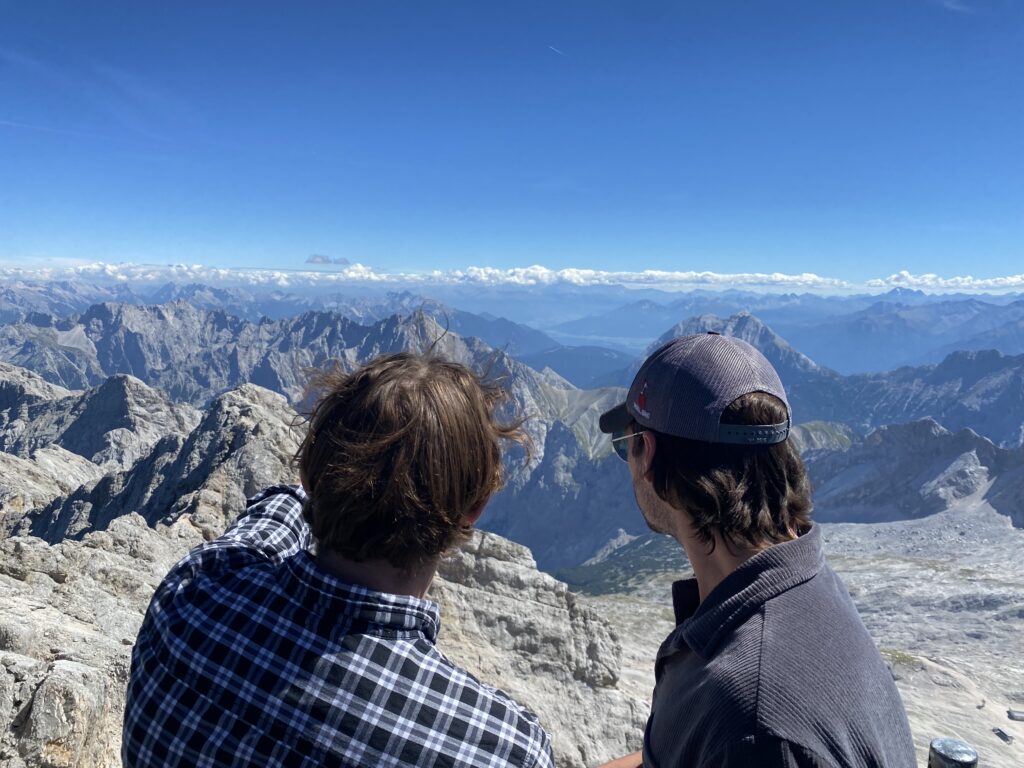
The flip side of the same coin
The number one thing I always recommended to tourists when I lived in Garmisch was to get to the top of the Zugspitze.
The Zugspitze is the tallest mountain in Germany, standing at 2962 meters (9,800 feet) above sea level, and differs from many surrounding mountains due largely to the civilization of the summit. There are multiple accommodations at the top, including the Münchner Haus, as well as the Panoramic 2962 Restaurant and Bar which make the area feel much more accessible.
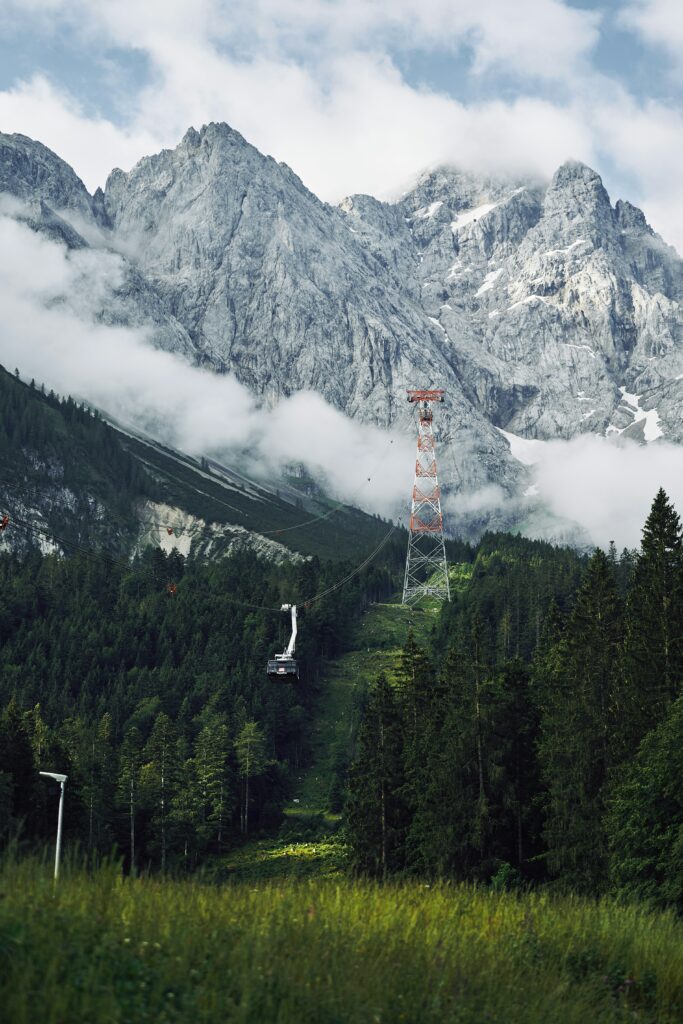
Visitors may either take the cable car or the Zugspitzebahn, a record breaking ski lift where you’ll find the longest freespan in a cable car in the world with over 3,100 meters of track without support. The Bahn can also hold up to 120 passengers, making the trip very nerve-wracking for many.
Once on top, you can look in all directions and, on clear days, see the peaks of mountains in four different countries far in the distance. Marmolada in Italy, Großglockner in Austria, Piz Bernina in Switzerland and the Alpspitze across the ridge in Germany all may be visible if you look closely. Regardless, it is an unbelievably beautiful view in all directions.
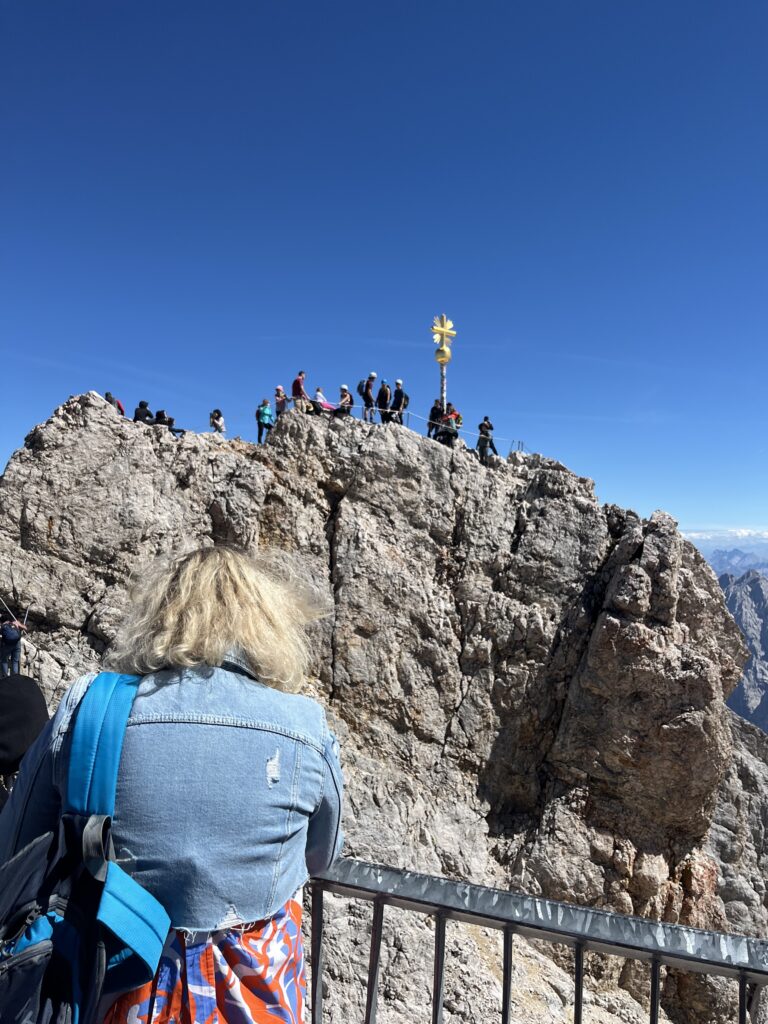
Some tourists voyage out onto the actual mountain in order to touch the gold cross marking the summit, a once-in-a-lifetime experience to get your hands dirty and say you conquered one of the tallest peaks in the Alps.